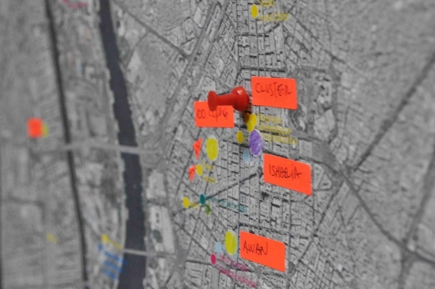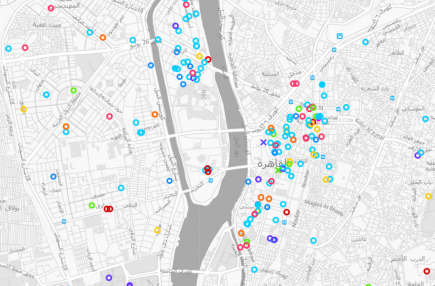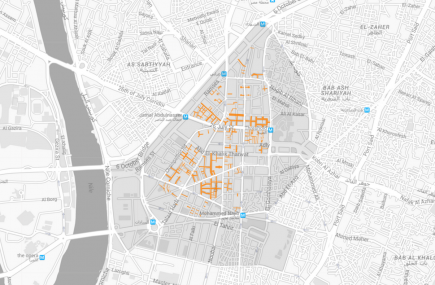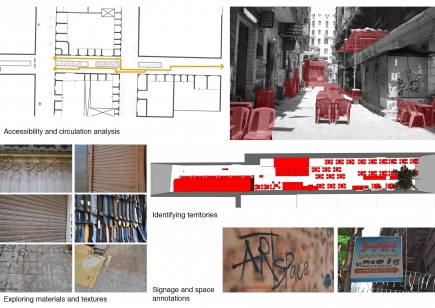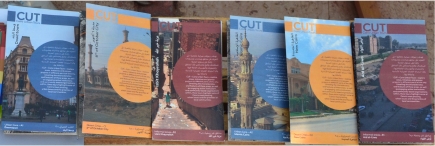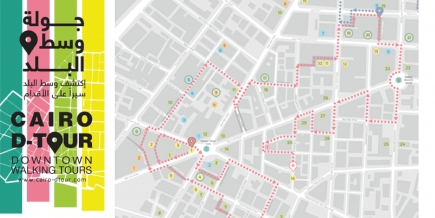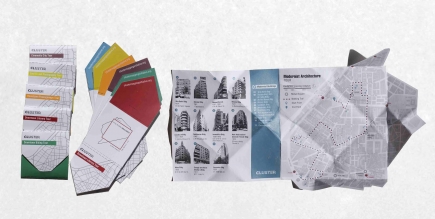| Type: | |
| Areas of Focus: | |
| Activities: | |
| Resources: | |
| Address: | 22 Ramses, Downtown، Al Azbakeyah, Cairo Governorate |
| Date of Establishment: | 1914 |
| Website: | http://www.cairoopera.org/VenuesDetails.php?id=5 https://web.facebook.com/people/%D9%85%D8%B9%D9%87%D8%AF-%D8%A7%D9%84%D9%85%D9%88%D8%B3%D9%8A%D9%82%D9%8A-%D8%A7%D9%84%D8%B9%D8%B1%D8%A8%D9%8A%D8%A9/100057539707921/?_rdc=1&_rdr |
| Email: | info@cairoopera.org |
| Phone: | 02 25743373 |
Mission Statement
The establishment of the Arab Music Institute dates back to 1914 in a serious attempt to preserve the heritage of Arabic music. Mustafa Bey Reda was credited with opening the first club to hold Arab music meetings, and at this time, Arab music was suffering from a lack of interest and a low level that led to its destruction. In the general meeting in 1921, the Egyptian government gave a piece of land (its place is now Ramses Square). A year later, the Institute of Arabic Music was inaugurated by King Fouad I, and its name was then (The Royal Institute of Arabic Music). The main goal of the institute is to promote the heritage of Arabic music. Teaching Arabic musical theories and notes, and performing various compositions of the heritage of Arab music.
In 1932, the first Arab music conference was held, in which musicians from the Arab world met in addition to oriental music. The holding of this important meeting was credited with raising the level of oriental music. The most famous artists graduated from this institute, including musicians such as Mohamed Abdel Wahab and authors such as Abdel Halim Nouira. In 2001, following the instructions of the Minister of Culture, the museum was registered as a historical monument and became affiliated with the National Cultural Center (the Egyptian Opera House). And the restoration of the decorations with great care until the building was restored to its old resplendent form again. Modern technology has been introduced to it, such as the sound system, lighting, and technical equipment for the stage, and an attached building for administrative services and offices for employees...etc has been established. As for the main achievement, it is the Museum of Mohamed Abdel Wahhab and the collection of musical instruments. The library of the institute was also renewed during the restoration operations.
The Arab Music Institute is divided into the following departments:
Arab Music Institute Theatre:
The Arab Music Institute theater has become suitable for major Arab music performances after the renovation process and the addition of modern technology to it.
Music library:
The Musical Library contains many rare books and manuscripts related to the art of music, as well as music recordings of Egyptian and Arab singers and authors.
Mohamed Abdel Wahhab Museum:
The museum allows the visitor to take a glimpse into the life of Egypt's most beloved artists. It is divided into several halls.. One of them is called (Hall of Memories), which is divided into two wings: The first wing sheds light on the childhood and upbringing of the artist Mohamed Abdel Wahhab, his first steps to the world of Arab music and Egyptian cinema, his relationship with writers and artists, and the awards he received and honored. As for the second wing, it contains a number of the artist's private rooms, such as his bedroom, his private office, a set of his favorite pieces of furniture, and some personal belongings. As for the cinema hall, it includes all the films that Mohamed Abdel-Wahhab starred in, and to focus on the clarity of the images, it is shown on special screens. As for the audiovisual hall, it contains a complete archive of his works, his artistic dimensions, and his relationship with public figures, kings, and presidents. The movie can be viewed easily via the touch screen system.
Musical Instruments Museum:
The Museum of Musical Instruments contains a collection of ancient instruments, which are unique. It was found in the museum and has been carefully restored. The different halls of the museum are allotted according to a specific type of instrument such as strings, wind instruments, percussion, etc. Each of them contains a brief explanation of the instrument and the device through which the sound of the instrument can be heard. The group contains some rare instruments, such as the piano with its extra fingers, in order to play oriental compositions on it, whose passages differ from western music. There is also the Japanese koto instrument, the Indian sitar instrument, and the Turkish santoor instrument. Also, some of these unique instruments that were found in the institute are now displayed in the hall of the National Cultural Center. 